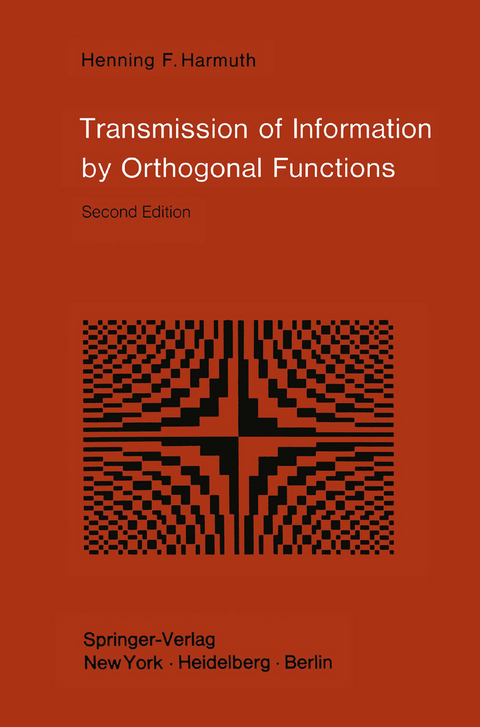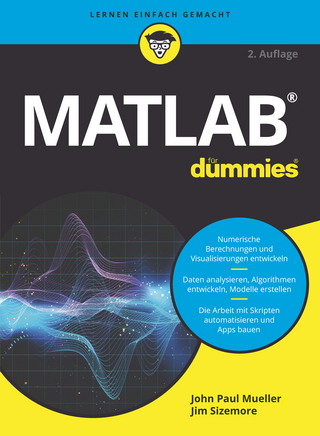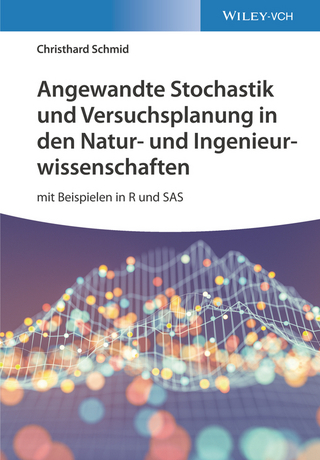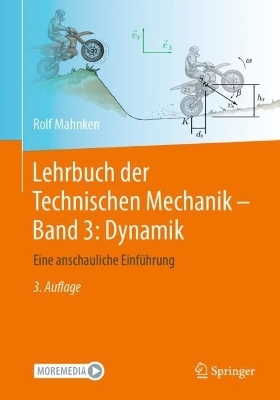
Transmission of Information by Orthogonal Functions
Springer Berlin (Verlag)
978-3-642-61976-2 (ISBN)
Historical Background and Motivation for the Use of Nonsinusoidal Functions 1.- Orthogonal Functions, Walsh Functions and Other Basic Mathematical Concepts 3.- Filtering of Time and Space Signals 6.- Direct and Carrier Transmission of Signals 6.- Nonsinusoidal Electromagnetic Waves 7.- Statistical Theory of Communication 8.- 1. Mathematical Foundations.- 1.1 Orthogonal Functions.- 1.2 Generalized Fourier Analysis.- 1.3 Generalized Frequency.- 2. Sequency Filters for Time and Space Signals.- 2.1 Correlation Filters for Time Signals.- 2.2 Resonance Filters for Time Signals.- 2.3 Instantaneous Filters for Space Signals.- 2.4 Sampling Filters for Space Signals.- 2.5 Digital Sequency Filters.- 3. Direct Transmission of Signals.- 3.1 Orthogonal Division as Generalization of Time and Frequency Division.- 3.2 Practical Problems of Transmission.- 3.3 Characterization of Communication Channels.- 4. Carrier Transmission of Signals.- 4.1 Amplitude Modulation (AM).- 4.2 Multiplexing of Time Variable Signals.- 4.3 Time Base, Time Position and Code Modulation.- 5. Nonsinusoidal Electromagnetic Waves.- 5.1 Dipole Radiation of Walsh Waves.- 5.2 Multipole Radiation of Walsh Waves.- 5.3 Interference Effects, Doppler Effect.- 5.4 Signal Selection and Synchronization.- 6. Application of Orthogonal Functions To Statistical Problems.- 6.1 Series Expansion of Stochastic Functions.- 6.2 Additive Disturbances.- 6.3 Multiplicative Disturbances.- 7. Signal Design for Improved Reliability.- 7.1 Transmission Capacity.- 7.2 Error Probability of Signals.- 7.3 Coding.- References.
| Erscheint lt. Verlag | 6.11.2011 |
|---|---|
| Zusatzinfo | XII, 394 p. |
| Verlagsort | Berlin |
| Sprache | englisch |
| Maße | 155 x 235 mm |
| Gewicht | 615 g |
| Themenwelt | Mathematik / Informatik ► Mathematik ► Wahrscheinlichkeit / Kombinatorik |
| Technik ► Elektrotechnik / Energietechnik | |
| Schlagworte | Communication • Functions • Information • Integrated circuit • Transmission |
| ISBN-10 | 3-642-61976-2 / 3642619762 |
| ISBN-13 | 978-3-642-61976-2 / 9783642619762 |
| Zustand | Neuware |
| Haben Sie eine Frage zum Produkt? |
aus dem Bereich


